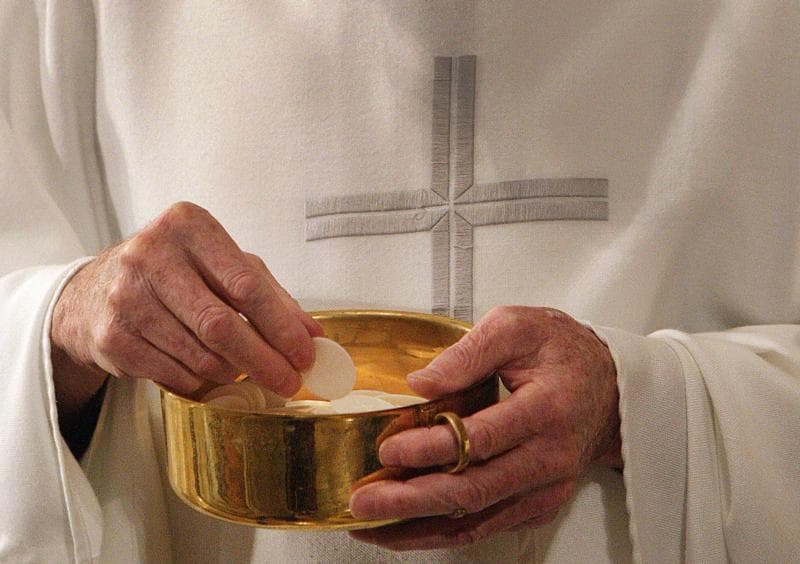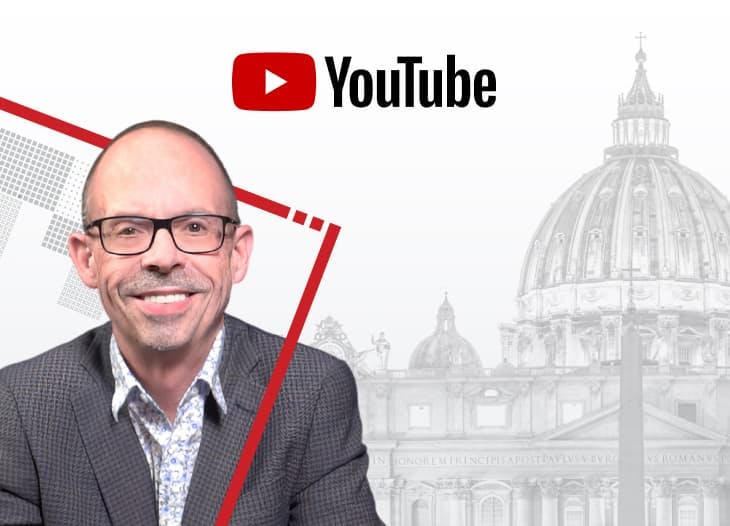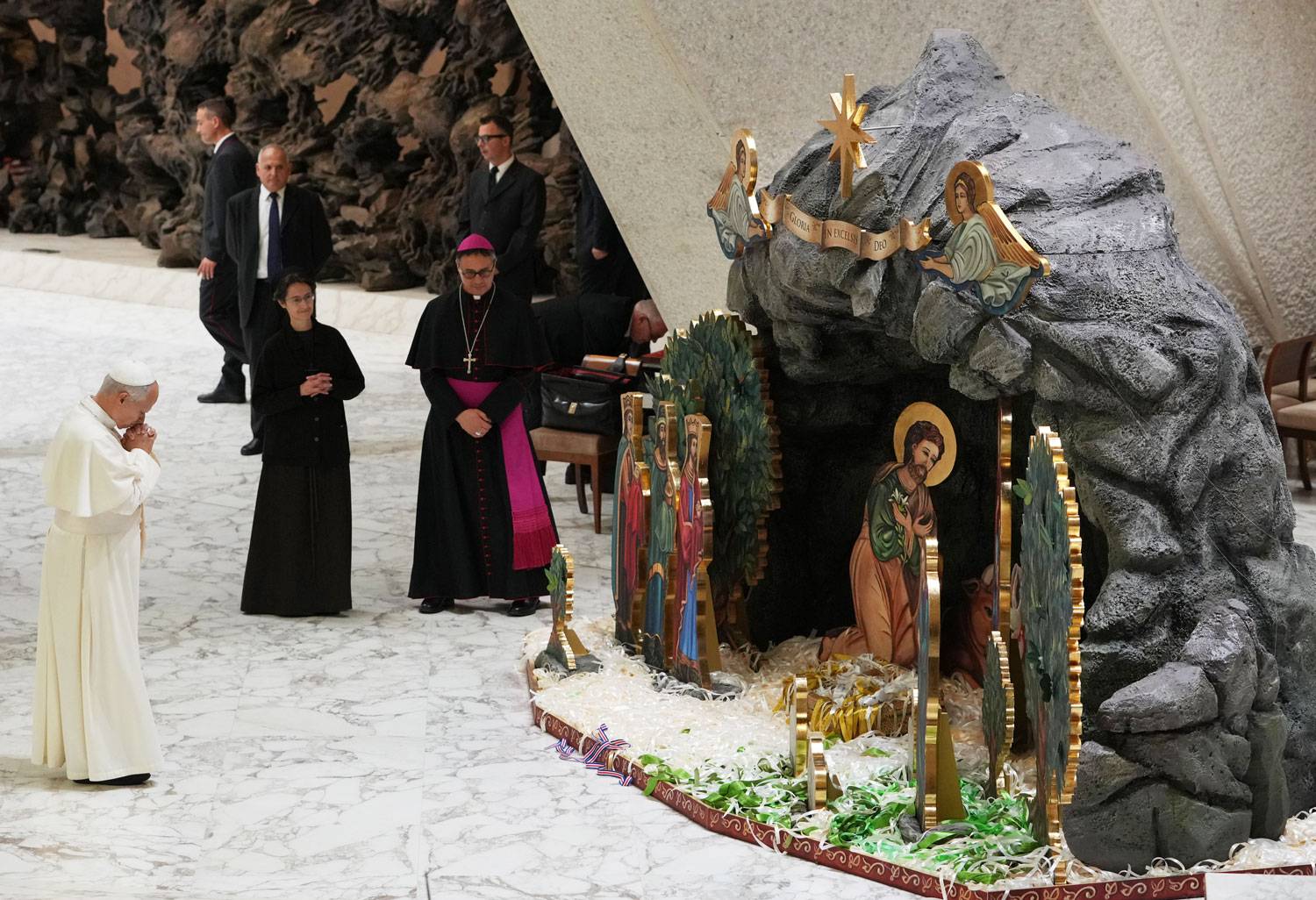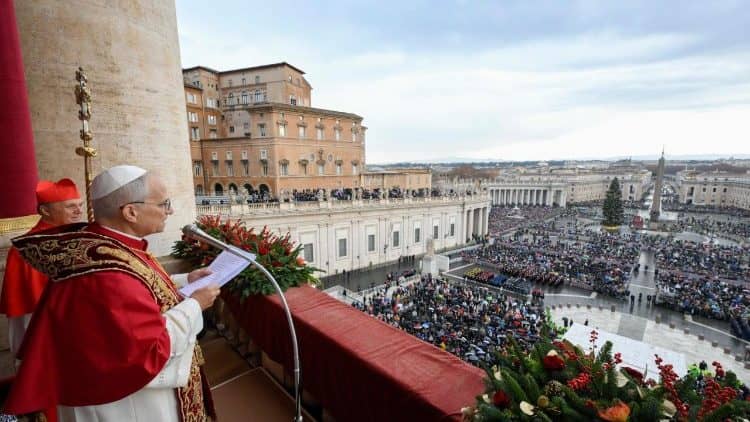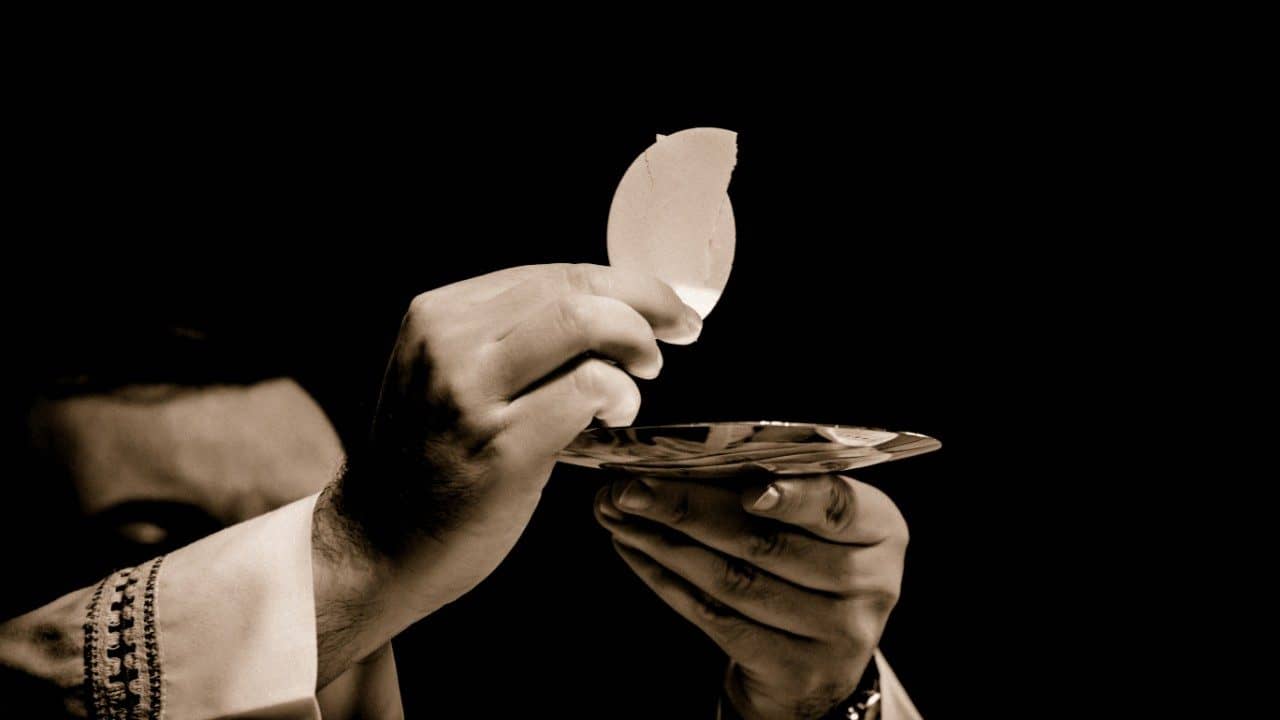For the past several weeks, the Gospel Reading at Catholic Sunday Masses has been a slow and attentive reading of the Bread of Life Discourse. The debated discourse, found in Chapter 6 of Saint John’s Gospel, is unique to the fourth gospel. It is not hinted at or glimpsed in any of the other gospel books.
Many argue that the discourse, along with John’s account of the washing of the apostles’ feet – which is also only contained in his gospel – is John’s applied teaching on the Eucharist. This is important since John contains no institution narrative of the Eucharist, namely, his account of the Upper Room contains no narrative of the Passover, the breaking of bread, or any such actions. An absence is striking, so it’s argued that the Bread of Life Discourse is actually John’s breakdown of the Eucharistic events of the Upper Room, which are contained in the other gospels.
Since John’s gospel was the last of the four, the author benefitted from theological insights and developments within the first and second generations of the Christian faith. Because of this spiritual chronology, John was able to recognize, dissect and highlight some of the principal lessons contained in the giving of the Eucharist. This perspective helped him to compose these lessons into a definitive discourse. If true, then the Bread of Life Discourse is an essential “inside look” into what Jesus Christ accomplished and taught in the Upper Room and ultimately what he sought to pass on to his disciples through the ages.
Seen in this light, we should inquire as to what some of these lessons are and how they can help us today.
First, the context is important. John begins his sixth chapter with the note, “The Jewish Passover celebration was near.” Immediately, he places a series of events and the discourse that follows in the shadow of the Passover. The evangelist records the feeding of the five thousand and the Lord walking on water. Each of these miracles, what John calls “signs,” show the Lord’s ability to make the impossible very possible. They also display that the other-worldly can be manifested in this life.
Drawing from the Passover’s identity as a meal, sacrifice, and memorial, the Lord now apples the other-worldly to his Eucharistic teaching. Saint John has the Lord preach about heaven. While a set doctrine on heaven is taken for granted by believers today, there was no developed concept of heaven in the Judaism of Jesus’ day. If we’re not careful, therefore, we can miss the rather obvious context of heaven. Such a placement is essential.
In speaking about heaven, the Lord is indirectly referencing his glorified body (and ours). And so, when he exhorts his disciples to eat his flesh and drink his blood, he is relying on an understanding of eternal life. He is referencing his glorified body and blood, which strengthen and empower us to follow him in this life, and thereby persevere to the full banquet of heaven. This explains why the Eucharist has been called the foretaste of heaven, the “appetizer” of what awaits the Lord’s followers in paradise.
Jesus summarizes, “The Spirit gives life,” and so the reality of the glorified body is the answer to accusations of cannibalism on one hand and a tempering of beliefs that approach the Eucharist as a mere symbol on the other.
Understood in this way, the Bread of Life Discourse screams how much the Lord Jesus desires to nourish, accompany, and live with his followers forever. While the brief theological thoughts above are helpful and important, they should lead us to the realization of the radical reality that the living God searches for us and desires to be with us. He comes to us, shows us the reality of heaven, offers us his Body and Blood, and promises us eternal life with him.
These are the teachings at the very heart of the Lord’s ministry and as such they’re at the center of the entire Christian way of life. These are the heavenly thoughts that should fill the minds and hearts of believers.
And so, as the Church addresses scandals, and shows a long-delayed pastoral attentiveness to victims and a scornful eye to wayward bishops, we cannot allow these central truths to be eclipsed or overlooked. These truths are needed since these are the very truths that fuel our sense of justice, invigorate our desire for reform, and build a church culture of safety, welcome, and compassion.
